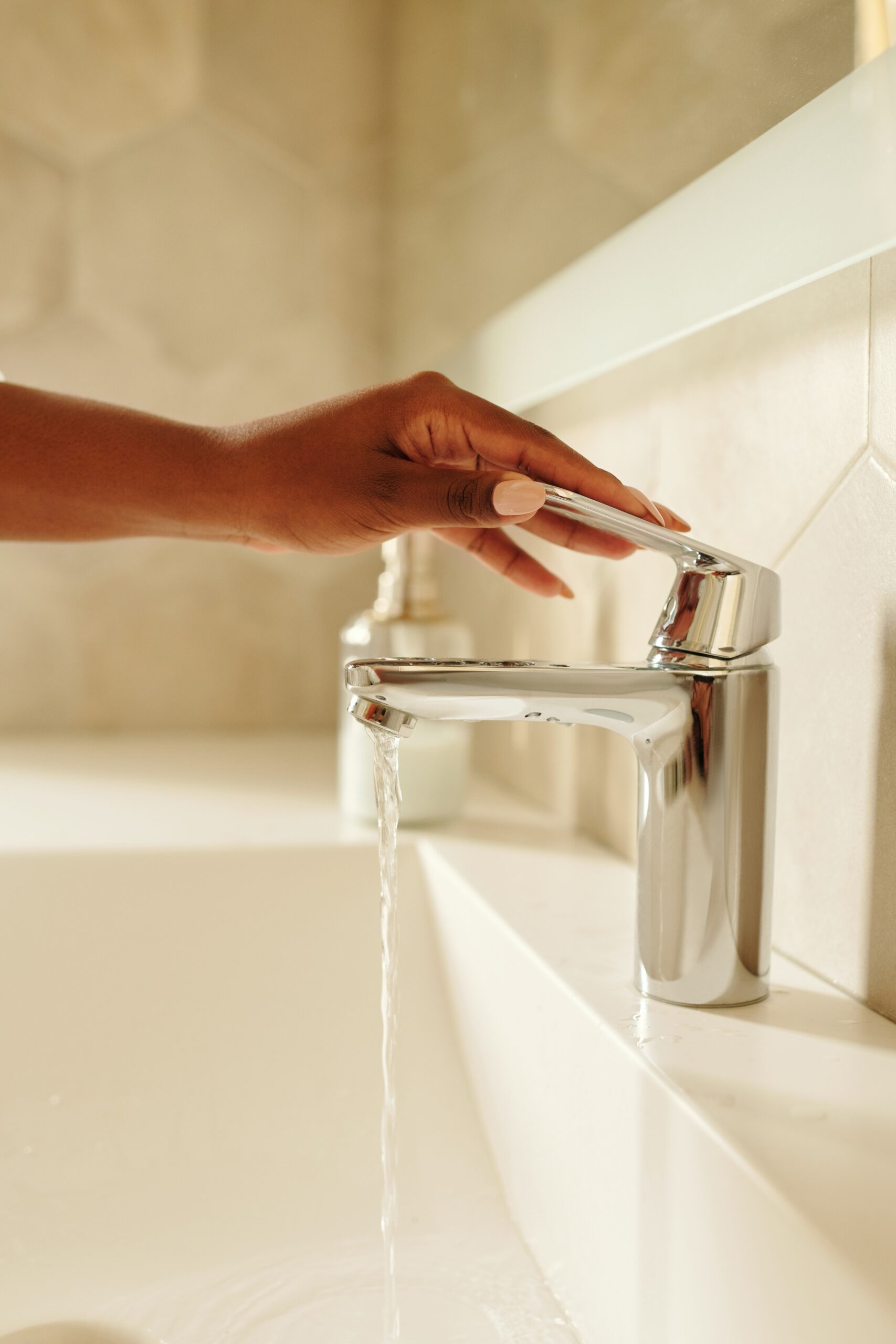Water is essential to all life forms, and a quality amount is required to keep us alive—the implication associated with consuming contaminated water led to the development of water safety guidelines.
The purpose of having tap water guidelines is to ensure that the public water supply is free of contaminants and is safe for consumption, and conversely protects public health.
How To Ensure Your Tap Water is Clean
Understanding Tap Water Safety Guidelines
Safe drinking water, as defined by the World Health Organization (WHO) guidelines, is water that does not present any significant risk to health when consumed over time, like from childhood to adulthood.
The definition ensures that infants and older people vulnerable to water-borne diseases are protected.
WHO guidelines promote the safety of public health by promoting the development of relevant local standards and health-based regulations. It also supports the development and implementation of preventative risk management through regulations of harmful water constituents.
These guidelines are based on scientific findings and provide various supporting information, including microbial, chemical, and radiological aspects, and clearly define what makes quality water.
Microbial Aspects
Multiple barriers are required to secure microbial contamination of drinking water. The primary purpose of the barrier is to prevent the entry of pathogens into water sources and reduce reliance on treating the harmful impact of pathogens.
Disinfection
Disinfection is essential for safe drinking water, and it always involves using chlorine. Disinfection is necessary for surface and groundwater that may have been exposed to fecal contaminants.
The use of chemical disinfectant usually leaves behind a by-product. The by-products have a lower health risk compared to the microbial contaminants. Disinfection should not be compromised in an attempt to control the disinfectant by-products.
Chemical Aspects
Many chemicals may be found in drinking water, but just a few of them are capable of causing severe health issues. Water contains chemicals that help to prevent diseases. An example of such is fluoride which alleviates the risk of dental caries.
The guidelines did not specify the value of each chemical constituent; instead, it provides a degree that does not cause any significant health risk even after a lifetime of consumption.
Radiological Aspects
Public drinking water is generally screened for natural radionuclides because it is important to consider their health risks. Natural radionuclides are not individually screened, but gross alpha and gross beta radiation activities are considered.
However, this aspect does not cover water contamination that occurs during the emergency, which leads to the release of radioactive substances into the environment.
Taste, Odour, and Appearance
Water should be free of taste and odors that most end consumers find objectionable.
The assessment of water quality depends significantly on the biological sense of the consumer, which may not be correct at times.
Consumers will prefer water that is aesthetically acceptable even when it is unfit for consumption over water that is aesthetically unacceptable though it is safe.
Therefore, water provided for public consumption should not only be safe for consumption but should also be acceptable in taste, color, and smell.
To further protect your household from water-borne disease, you should install a water filter Sydney to remove all contaminants, especially if your tap water is from a private well.
Ways To Make Your Tap Water Safe
Drinking tap water is the most affordable way to keep yourself hydrated, but not all tap water is made the same. Suppose your water tastes funny or has an odor. In that case, your tap water is likely contaminated with other substances that may be unsafe to consume. In such a scenario, it is essential that you either boil or filter the water to make it safe for consumption.
Boiling
Boiling is perhaps the best way to make your water safe to drink. It can kill disease-causing germs, including viruses, parasites, and bacteria. However, boiled water tastes flat, but you can improve the taste by pouring it from one container to another and then letting it stand for a few hours. You can also add a pinch of salt for each liter of water you boil.
If the water is cloudy, you should filter it through a paper towel, coffee filter, or clean cloth.
Filtering
Filtering your water through a water filter is a safe way of ensuring your water is clean and safe to drink. You can use a paper towel, clean cloth, coffee filter, or portable filter. When choosing a water filter, try to pick one with a small filter pore size because such filters can remove parasites much more easily.
Types of Water Filters
Many different kinds of water filters are available on the market, so you should choose one depending on your filtration needs, budget, and personal preferences. Here are the most common types of water filters.
Faucet-Mounted Filter
Faucet-mounted filters are screwed directly onto your faucet so the water coming out will be filtered. This filter is easy to use but can slow down the flow of the water.
Plumbed-In Filters
Plumbed-in filters are installed onto existing water pipes and require you to drill a hole into the countertop. You can even set them up to have a separate tap through which they pump filtered water. These filters are perfect if you need large amounts of filtered water.
Countertop Filters
Countertop filters are best for large quantities of water. They are less likely to clog but can clutter your countertops. You also have to be careful when purchasing one because it can only be used with certain faucets.
Conclusion
Safe drinking water is essential for your health because microbes in unsafe tap water can make you ill and cause various diseases. There are multiple ways to check if your water is safe and many ways to make it safe, such as boiling and water filters.
